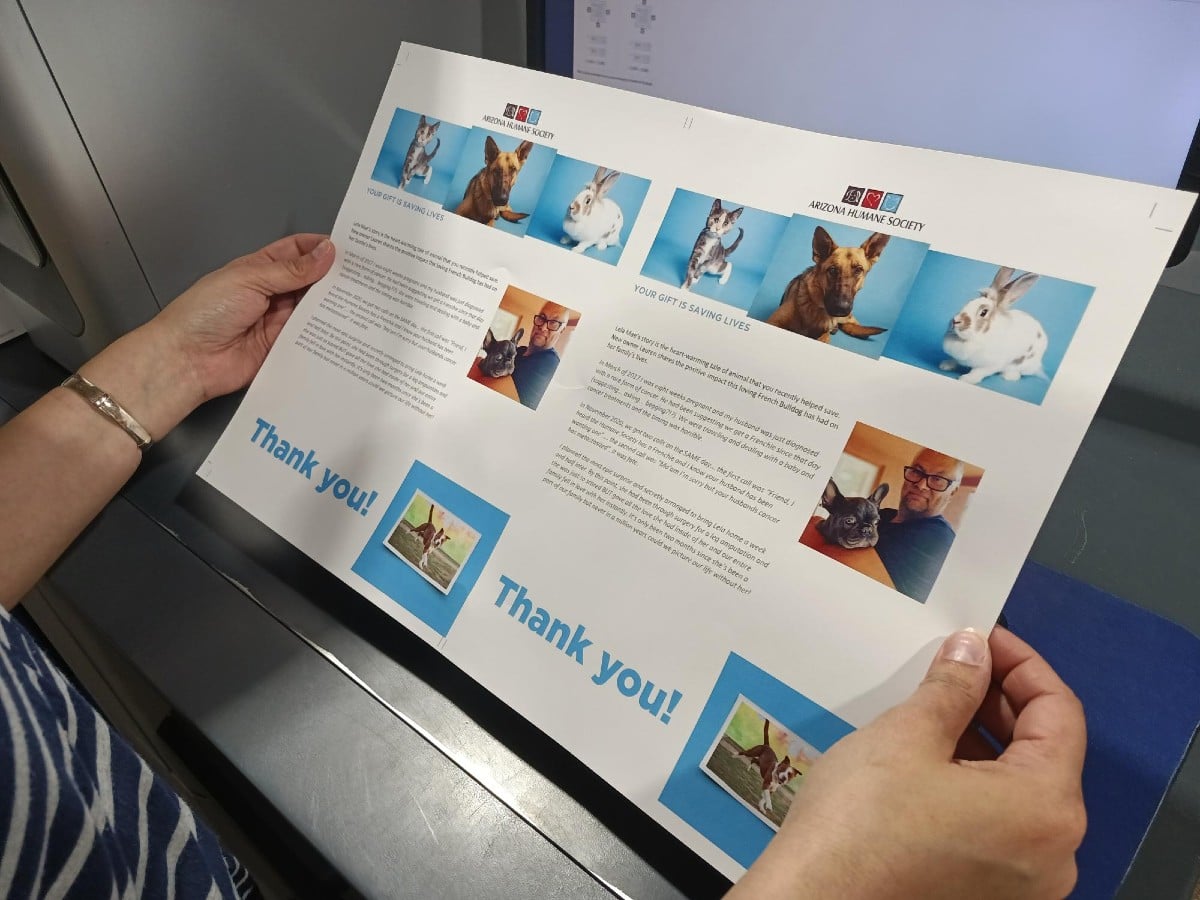Nonprofit direct marketing is an effective strategy to raise funds and awareness for your cause. However, there are several factors to consider. In this article, we will cover: Cost-effectiveness, Storytelling, and Tracking results. You will need to be aware of your donor base and its interests. You can use this information to help you design an effective fundraising plan.
Donor cultivation
One of the keys to successful donor cultivation is building relationships with prospects. This is done through small, genuine interactions. Over time, these prospects can become donors. Another important goal is engagement. By building a strong relationship with your prospects, you will be more likely to have them contribute to your cause.
You can track interactions by using dedicated donor management software or a simple CRM system. Donor records should include the date, gift amount, and method of donation. Recording this information helps you identify trends. This data can also help you target your time and resources accordingly. For example, by tracking in-person meetings, you can increase your priority level. This is similar to tracking the number of asks, but on a larger scale.
Donor cultivation through nonprofit direct marketing involves engaging prospects. After establishing a relationship, you may choose to send invitations to events or send a video. A phone call is also a great way to engage prospects. Ultimately, your goal is to turn a prospect into a larger donor and make them a loyal supporter.
Cost-effectiveness
Many nonprofits face a challenge when it comes to cost-effectiveness. With postal hikes and changing consumer behavior, these organizations will find it increasingly difficult to reach younger audiences with their direct marketing campaigns. If nonprofits don’t plan ahead and have contingency plans, they could be left without an effective strategy to reach this target audience by 2020.
In order to remain competitive, nonprofits must find new donors and retain current ones. According to one survey, more than 70% of direct-mail recipients renewed their relationship with an organization after receiving their mail. Traditional direct-mail methods, however, have very high overhead costs. Nonprofits must maintain quality donor lists, design and print fundraising materials, and pay for staff to handle the mailing process. Luckily, nonprofits can save costs and streamline their fundraising efforts by using templates for fundraising letters and envelopes.
Nonprofit direct-mail campaigns can be very effective for generating new donors. In fact, nonprofits should consider automating the process. Postalytics’ automated solutions include mailing lists that can expand donor databases, an online nonprofit letter-designer, and real-time analytics.
Storytelling
Storytelling is an effective way to attract new donors and encourage long-term support. This kind of support is more meaningful than a one-time gift because it encourages your organization to do good in the world. When done well, storytelling can help you increase revenue, raise awareness, mobilize volunteers, and win media coverage. However, in order to make the most of this strategy, you need to learn about its various elements and best practices.
Nonprofit stories can be told from different perspectives and in a variety of formats. As the saying goes, “a picture says a thousand words.” By pairing visuals with your nonprofit story, you can evoke a response from your audience. These visuals will also leave a lasting impression on your supporters. Moreover, photos will help put a face to the story and remind your supporters of the impact their support is having on others.
The purpose of a story in nonprofit direct marketing is to inspire a sense of empathy in your supporters. Your audience will feel more inclined to donate to a nonprofit that tells their story in an emotional way. When writing about the nonprofit’s mission, talk to community members and use sensory details to illustrate your point.
Tracking results
Tracking results of nonprofit direct marketing is important for nonprofit organizations that want to gauge the impact of their efforts. In order to track the effectiveness of your direct marketing campaigns, you need to understand your audience. For example, you can track your opt-out rate, the percentage of recipients who have decided not to receive your marketing emails. Nonprofits should know this number because it can help them tailor their email content to their subscribers.
Nonprofits can also keep track of how often they contact their supporters to ensure that they’re getting the most value from their fundraising efforts. For example, a newsletter should be sent once per month, program-related information should be sent once per quarter, and case studies should be sent at least three times a year. Nonprofits should also use social media to spread awareness of their efforts. The right message can go viral and spark enormous engagement. This is exactly what happened to the Delaware Humane Society, which raised more than $200 000 through a single fundraising campaign.
Nonprofits should always ask themselves, “Is my marketing working?” One third of nonprofits don’t measure their marketing effectiveness, according to the 2019 Nonprofit Communications Trend Report. Nonprofits need to clearly define their goals, set strategic metrics, and establish tools for regular measurement.
